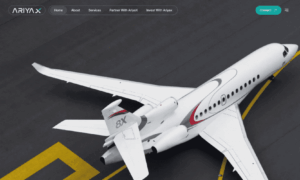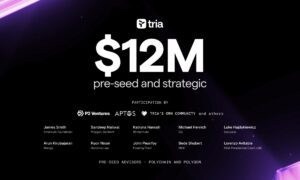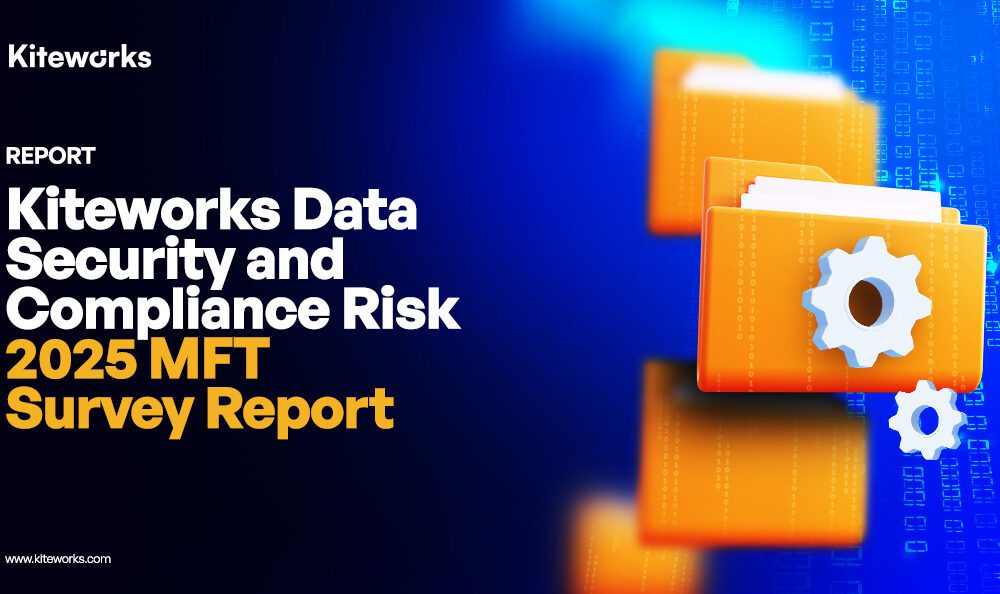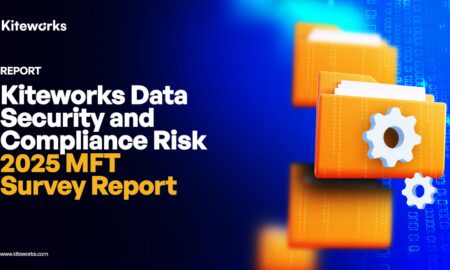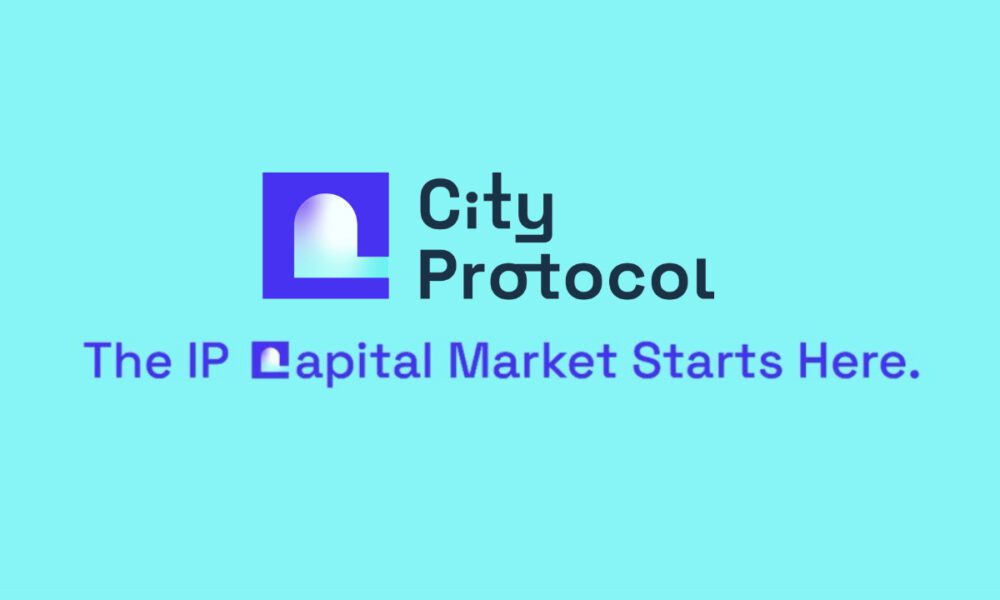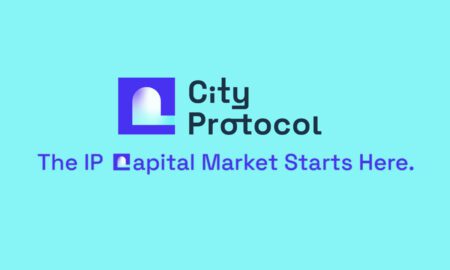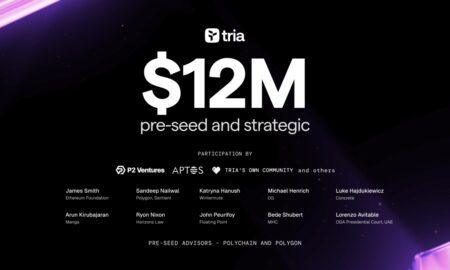For most of the last decade, the conversation around the cloud has been about innovation. Speed. Scale. Agility. But as the cloud has matured, the conversation has started to change. What was once a playground for experimentation has become an essential business utility — and with that, a major financial responsibility.
Cloud costs have grown exponentially. Teams spin up clusters faster than finance can track them. Budgets, once predictable, now fluctuate wildly month to month. The problem isn’t that the cloud is expensive; it’s that it’s opaque. Companies simply don’t know how their costs map to value.
That’s where FinOps comes in — and why platforms like Vantage have become central to the next phase of enterprise cloud strategy.
A New Era of Financial Operations
“FinOps” is shorthand for cloud financial operations, but its impact extends beyond budgeting. It’s a discipline that connects financial accountability to technical execution. FinOps doesn’t exist to slow engineers down — it exists to help them move smarter.
Vantage embodies this philosophy. Rather than treating cloud cost management as a back-office function, it builds transparency directly into the engineering workflow. The result is a shared language between finance, operations, and product teams. Finance gets clarity; engineering gets context; leadership gets confidence.
This alignment is becoming critical as companies shift from single-cloud deployments to complex, multi-cloud ecosystems spanning AWS, Azure, and Kubernetes. Without a unified financial lens, the complexity becomes unmanageable.
The Complexity of Scale
Every organization loves to talk about “scale,” but few talk about what scaling costs.
In the early days of cloud adoption, the economics were simple: you paid for what you used. But in a world of auto-scaling workloads, ephemeral containers, and continuous deployments, “what you used” changes by the second. The bill that arrives at the end of the month tells you how much you spent, but not why.
Vantage helps decode that “why.” By integrating directly into the APIs and billing systems of major cloud providers, it breaks down usage into understandable units: which teams are responsible, which environments drive the most cost, which services are underutilized.
This clarity allows organizations to reclaim control over their spend without sacrificing agility. It turns cloud cost management from a forensic exercise into a living, real-time feedback loop.
From Cost Savings to Cost Intelligence
The early days of FinOps were dominated by “cost cutting.” But the companies leading the movement today understand that efficiency isn’t about austerity — it’s about intelligence.
Vantage gives teams the data they need to make intentional tradeoffs. It doesn’t simply flag waste; it shows where investments drive value. A high-cost workload isn’t necessarily bad if it’s powering revenue or enabling speed. What matters is visibility and alignment.
By connecting technical data (like usage metrics and instance performance) with financial outcomes, FinOps platforms enable decision-making that’s both data-driven and value-oriented.
In other words: the goal isn’t to spend less, but to spend better.
The FinOps Feedback Loop
Every mature FinOps program runs on a continuous cycle: Inform → Optimize → Operate.
- Inform: Gather accurate, timely, and contextualized data about cloud usage and cost.
- Optimize: Identify inefficiencies, model scenarios, and act on insights.
- Operate: Embed financial awareness into day-to-day processes, creating continuous improvement.
Vantage helps automate this loop. It pulls in real-time data from AWS, Azure, Kubernetes, and even observability tools like Datadog to create a unified cost graph. That graph becomes a shared reference point across teams — a way to align around facts instead of assumptions.
Over time, this creates an organizational habit: engineers start thinking about cost alongside performance, and finance starts seeing cloud spend as an investment portfolio, not just an expense line.
Multi-Cloud, Multi-Challenge
Enterprises rarely operate in a single environment anymore. The same application might use AWS for compute, Azure for machine learning, and Kubernetes for orchestration. Each provider has different billing conventions, metrics, and pricing models.
This heterogeneity makes traditional cost reporting almost useless. Vantage solves that by normalizing data across providers, giving teams a unified language of cost. You don’t just see your total — you see patterns: inefficiencies in Kubernetes clusters, redundant Azure services, or underutilized AWS instances.
That normalization allows leadership to compare performance and cost efficiency across environments — a key step toward intelligent workload placement.
FinOps in this context isn’t about consolidation. It’s about clarity.
Culture Change Through Visibility
FinOps succeeds when it’s cultural, not procedural. The goal isn’t to create new bureaucracy — it’s to build shared awareness.
When developers can see in real time how a new deployment affects cost, behavior naturally changes. When finance can forecast based on actual usage trends, budgeting becomes collaborative instead of contentious.
Vantage facilitates this alignment through transparency. Dashboards, alerts, and reports make cost part of the engineering language. It’s not about policing — it’s about partnership.
Organizations that treat cost visibility as an enabler, not an audit, are the ones that see FinOps stick.
The Economics of Observability
One of the most overlooked contributors to cloud cost growth is observability tooling itself. Logging, tracing, and monitoring generate massive data volumes — and corresponding bills.
Vantage’s integrations with observability platforms like Datadog help teams correlate operational metrics with financial data. This allows them to evaluate not just what they’re monitoring, but what it’s costing.
As enterprises adopt more machine learning and AI workloads, this type of correlation becomes even more valuable. The boundary between infrastructure and intelligence is disappearing; FinOps ensures the economics evolve alongside it.
Looking Forward: FinOps as a Strategic Function
In 2025 and beyond, FinOps will move from being a niche technical practice to a board-level priority. It will influence procurement, forecasting, and even product design. The companies that embrace it early will gain a measurable advantage — not only in cost control, but in agility and resilience.
Platforms like Vantage represent the infrastructure for that future. They make cost data not just available but actionable, not just visible but valuable.
FinOps is no longer about keeping the lights on. It’s about illuminating how technology and finance intersect. As enterprises enter the next decade of cloud growth, those who master that intersection will define the economics of innovation itself.








